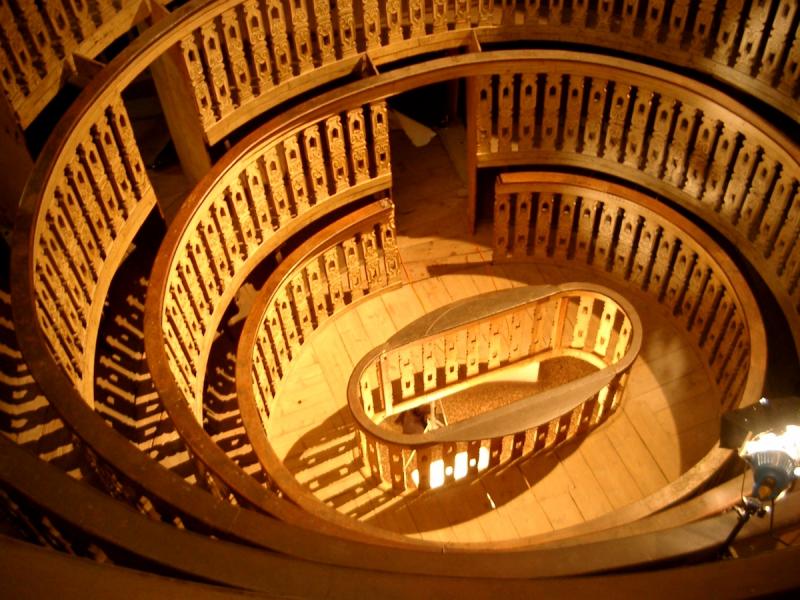Hidden Gems of Italy: Padua’s Anatomical Theater
ITA:

Use player to listen to Italian version

The Anatomical Theater at the University of Padua, completed in 1595, is the world's first example of a permanent structure created for teaching anatomy through the dissection of corpses.
This technique, which evolved alongside the development of medical science, became common in the 15th century; before the construction of permanent anatomical theaters, small temporary structures shaped like ancient Roman amphitheaters were assembled and disassembled as required; professors taught and made their procedures in their own homes or in those of students, as well as in the students’ colleges, in apothecaries and sometimes even in the homes of private citizens. As the number of spectators grew over time, permanent structures that could provide good visibility for all, such as anatomical theaters, were built.
Paduan anatomy was especially renowned in the 16th century, with scientists of the caliber of Andrea Vesalio, author of one of the most influential books on human anatomy; Gabriele Falloppio, one of the most important anatomists and physicians of the 16th century (the Fallopian tubes are named after him); and Girolamo Fabrici d’Acquapendente, a pioneering anatomist and surgeon, and the one who was responsible for the construction of Padua’s Anatomical Theatre.
In the shape of an inverted cone, the Anatomical Theater is made entirely of wood and structured on six levels with circles that are gradually wider from bottom to top. It remains a mystery who designed it.
The bodies for autopsies were delivered to the University by the judicial authorities; they had often, but not always, been executed.
Inside the theater, the lesson was held by a professor assisted by two students (the so-called massari). Lighting was provided only by candles until a skylight was opened in the 19th century. To make the atmosphere less gloomy, it was common to accompany the lesson with live music performances.
The Anatomical Theater of Padua was used until 1872, when it was closed to the practice of autopsies.
Thus, for many centuries, the Anatomical Theater of Padua was a “classroom-laboratory,” home to crucial discoveries in the medical field.
Today, the Anatomical Theater is part of the guided tour of Palazzo Bo, the historic seat of the University of Padua.
Il Teatro Anatomico dell'Università di Padova, completato nel 1595, è il primo esempio al mondo di struttura permanente creata per l'insegnamento dell'anatomia attraverso la dissezione dei cadaveri.
Questa tecnica, che si è evoluta parallelamente allo sviluppo della scienza medica, divenne comune nel XV secolo; prima della costruzione dei teatri anatomici permanenti, piccole strutture temporanee a forma di antichi anfiteatri romani venivano assemblate e smontate secondo necessità; i
Elevate your experience by becoming a Premium Member today and unlock limitless access to our exclusive Italy intelligence along with a host of members-only perks:
-
Unlimited access to premium digital content
-
Weekly newsletters exclusively crafted for members
-
Bellissimo quarterly digital magazines
-
Buongiorno monthly newsletters
-
Access to a collection of eBooks and mini-guides
-
Exclusive monthly offers and downloads
-
An ItaliaPass Primo membership providing savings of $249+ on your Italy trip
Immerse yourself in the richness of Italy with unparalleled benefits and insights for less than the cost of a cappuccino per week!
Already a member? Sign in here.











